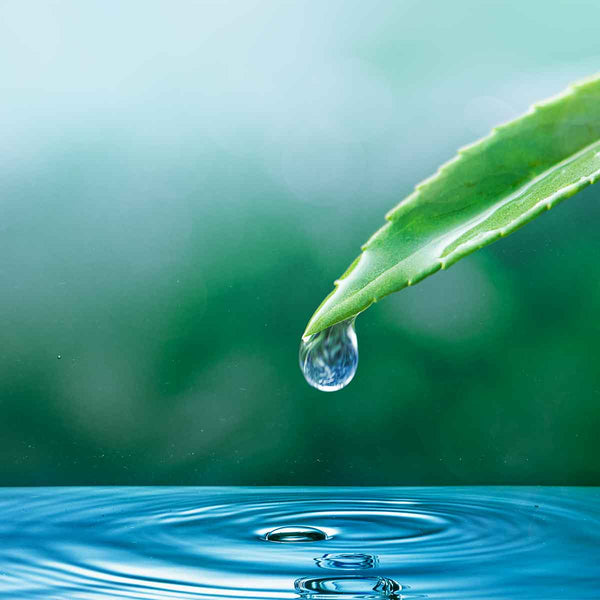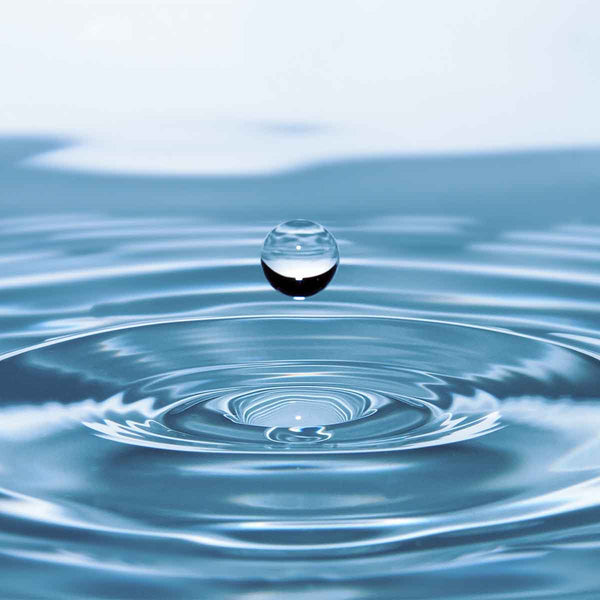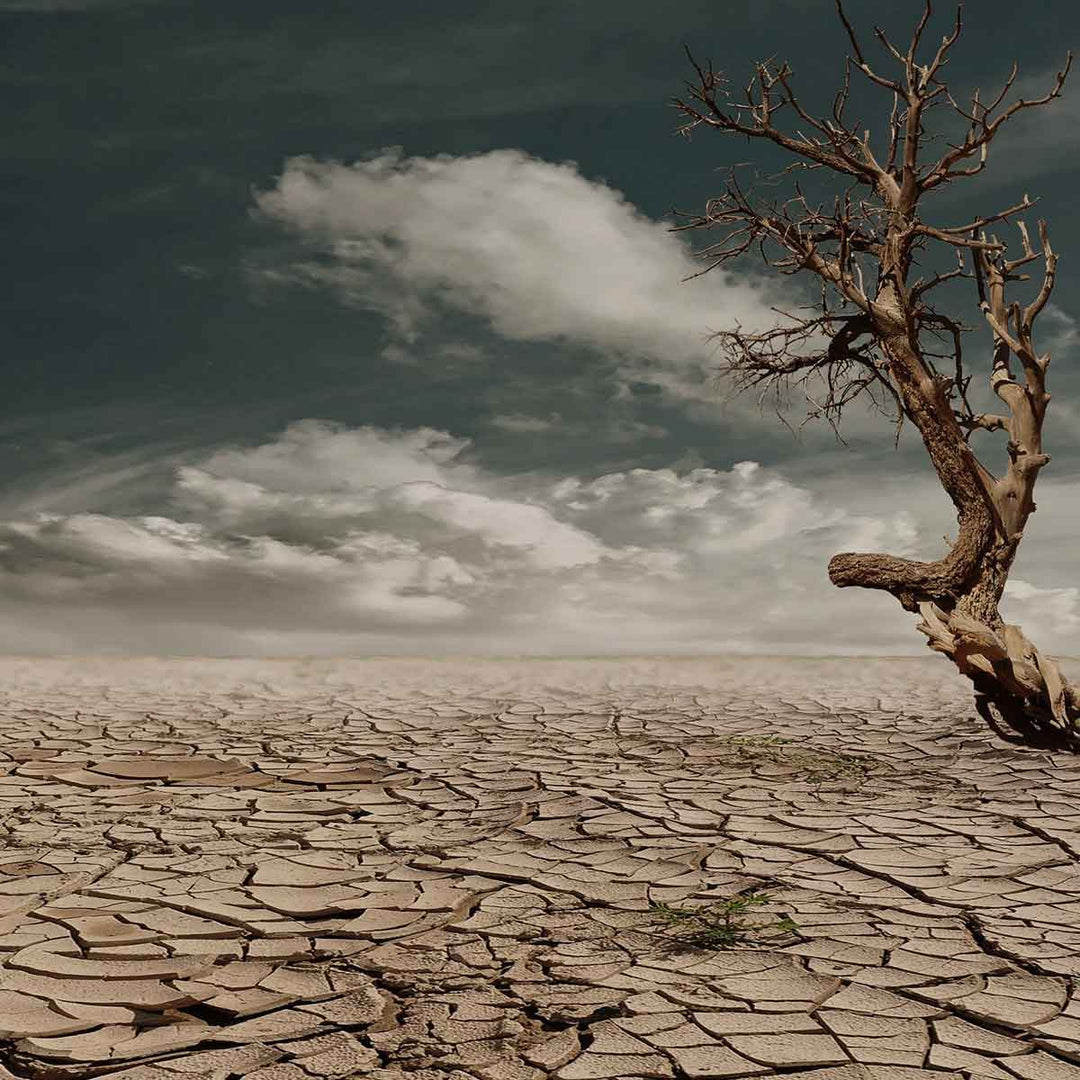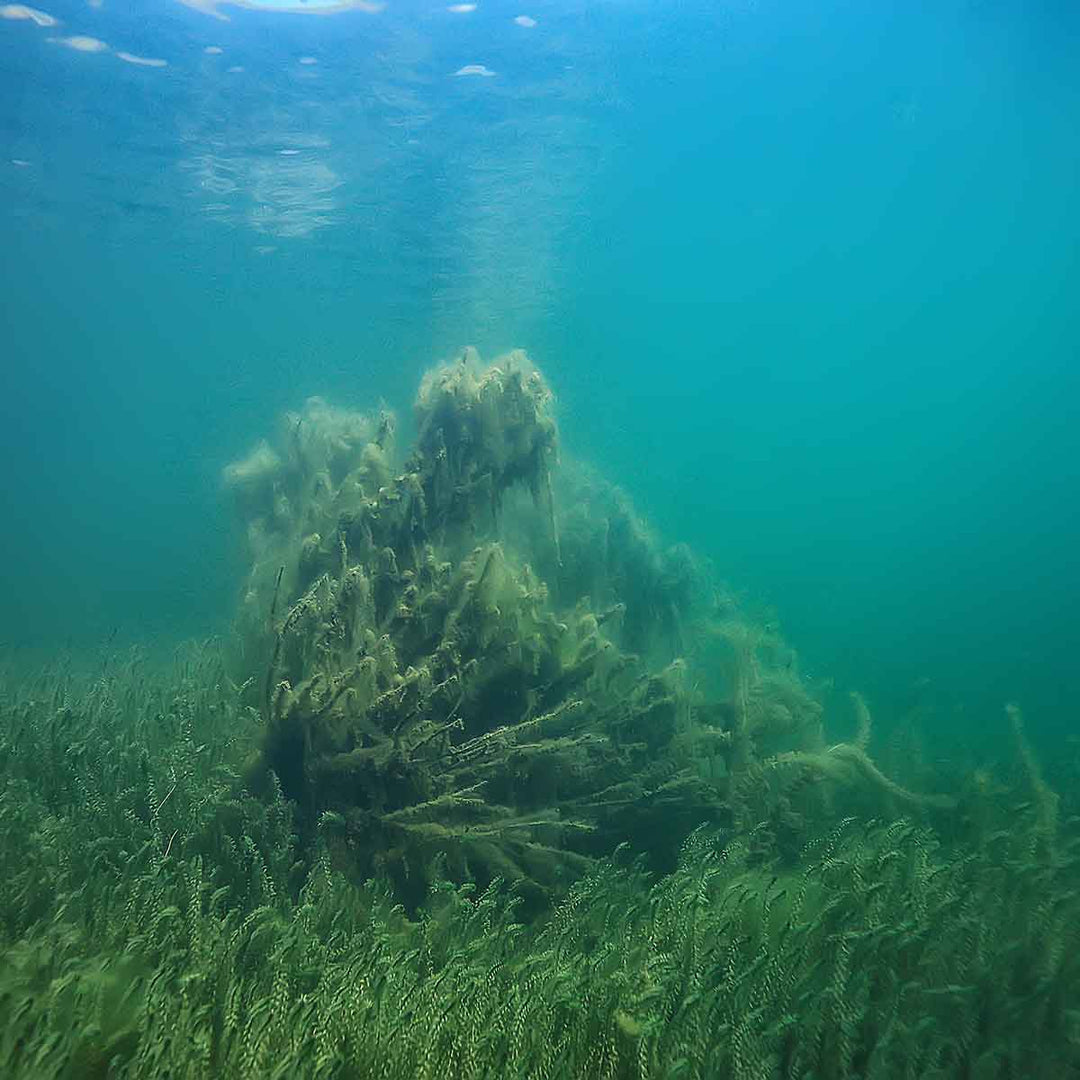What is Virtual Water? What is Virtual Water Status in the World?
What is Virtual Water?
As one of the basic necessities for the continuation of life on earth, water is one of the most important commodities and natural resources of the 21st century. As it becomes less available for everyone in the world, and water shortages become more common in countries that are prone to things like drought, it is becoming more important than ever to monitor the movement of water throughout the world. Though we may not realise it, almost every service and product created and sold needs water, whether it is in the production process or the final product, water is often a very important component when creating products and delivering services. It is for this reason that the idea of virtual water was created so that it is possible to monitor and track water as it makes its way through unseen and unnoticed value chains. Having a good idea of where the majority of water is going and which industries are responsible for consuming the most amount of water will go a long way in looking to avoid water shortages.
Understanding virtual water also helps us to better understand which countries are purchasing water through the trade of different items and products. Though they are not receiving the water in its original state, it is still very important to gauge which countries are buying water through products that they are purchasing and trading. Having a good idea of which countries are buying water and how much they are spending on this natural resource goes a long way in helping to understand trade and how the economies of different countries are affected by not having enough of this natural resource.

What Is The Difference Between Virtual and Direct Water?
While virtual water refers to water that goes unseen through the production process, direct water is water that is seen and can be easily noted within the final product of a commodity or service. To distinguish these two concepts properly, let us look at an example.
When making rice, we know that we need to use water in order to boil it and cook it, and many assume that this is the only water that would be used within the process. This is however not true and the water used to boil the rice would be referred to as the direct water usage needed. The indirect, or virtual water, comes through looking at the production process, whereby water is used to grow the plants that produce rice and then used again within certain elements of the production process! This is why looking at virtual water in agriculture is so important, because tons of water is used to grow different materials needed within the production process. The 5 litres of water that are used to boil the rice is therefore not the only water used within the creation and production of this product, and it is important to account for this water usage by looking at how virtual water impacts this final figure.
What is The Importance of Virtual Water?
When looking at virtual water facts, it is important to note that the measurement of virtual water is extremely important. Looking at virtual water use and how it is traded through countries that may experience water scarcity can monitor where issues and threats may lie on a global scale. Monitoring virtual water levels helps to understand which economies and countries have a level of dependency on virtual water and helps to better identify the impacts that this dependency has. Creating systems, where virtual water can be monitored and regulated, is therefore an extremely important part of understanding and helping the social, economical and political climates from countries all over the world.

How Many Litres of Water Do We Consume From Products?
When looking at virtual water statistics, it is possible to see the total amount of water used within the production of certain products and services. It is estimated that just one cup of coffee takes around 140 litres of water to produce, taking into account the different methods needed to grow the coffee beans, grind them down and create the final product that we purchase from the store. To properly understand the different elements and impacts that virtual water has, let us look at the following categories that separate the water footprint.
Blue Water Footprint
Blue water footprints refer to the total amount of groundwater needed to produce an item or service.
Green Water Footprint
Green water footprints look at how much rainwater is used to produce a product or service.
Grey Water Footprint
Greywater footprints look at how much fresh water is needed to dilute other used water sources so that they can regain their quality and be used in the production process again.
Virtual Water and Virtual Water Trade
Looking at virtual water trade is extremely important as it can highlight the needs and requirements of water-scarce countries and look at how the lack of water impacts all areas of production and forces them to source external production methods outside of their country. Due to the fact that water is a necessity in the production of many different products, those countries who do not have access to large amounts of water, will not be able to produce their own products and have to source them through the global trade market. These countries are ultimately importing hundreds of thousands of litres of water through the products that they are purchasing and importing from all over the globe. Looking at virtual water imports and exports is important as it helps us to understand where the water in the world is being directed and how trade is impacting certain water levels throughout the world.
















